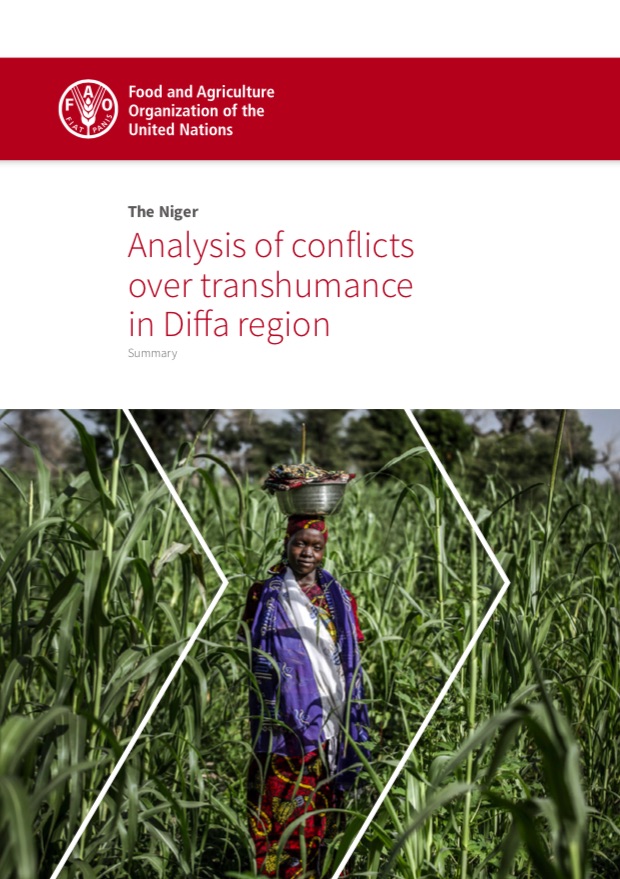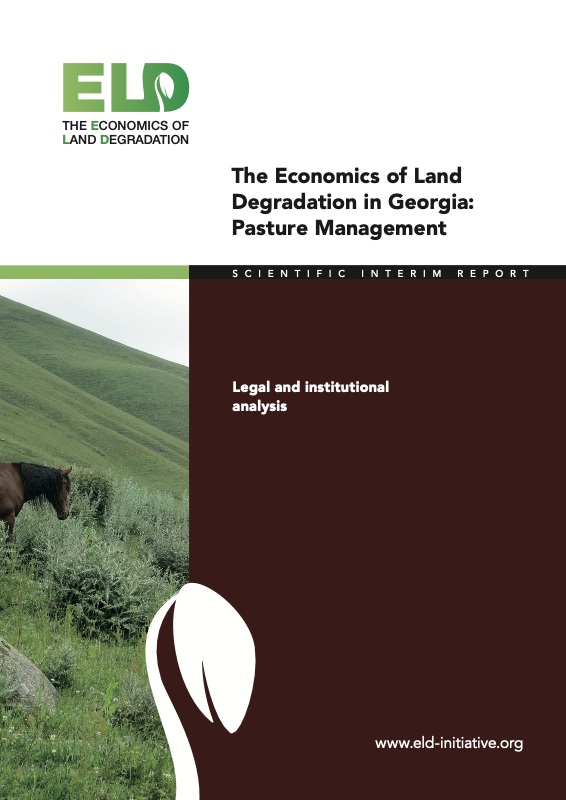Performance of a hermetic device and neem (Azadirachta indica) in storing wheat seed: Evidence from participatory household trials in central Bangladesh
Smallholder farmers in Bangladesh often use low-density polyethylene (LDPE) bags contained within woven polypropylene bags to store wheat seed during the summer monsoon that precedes winter season planting. High humidity and temperature during this period can encourage increased seed moisture and pests, thereby lowering seed quality.



